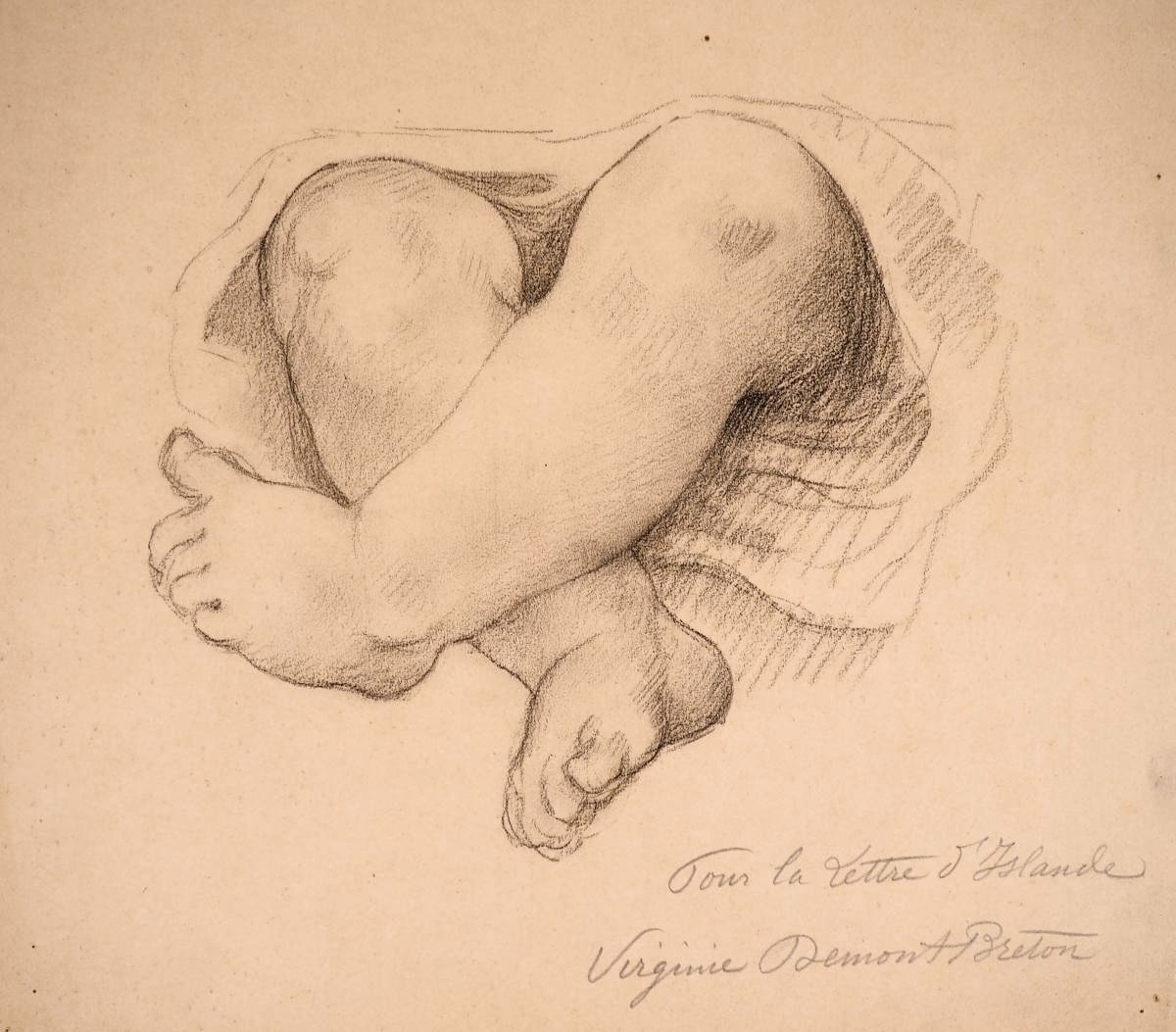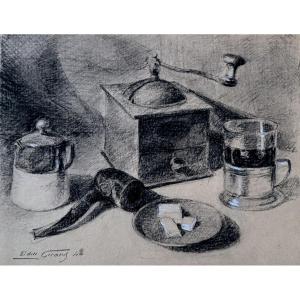Virginie Demont-Breton was the second woman, after Rosa Bonheur, to be awarded the Legion of Honour; recognition of an extraordinary career, talent and commitment. Daughter of Jules Breton, Virginie developed early talents for drawing and participated in the Salon for the first time at the age of only 19. She won her first medal there. The following year, she was again distinguished, and in 1883, the State acquired her immense painting 'The Beach' (Arras, MBA, F/21/7653). In 1893, she exhibited at the Women's Pavilion at the World's Columbian Exhibition in Chicago.
Taking advantage of her fame, Virginie Breton obtained the opening of the doors of the Ecole des Beaux-Arts to women, and the possibility, new for them, to compete for the Prix de Rome. An equality acquired through hard struggle with her colleague the sculptor Hélène Bertaux. In 1880, Virginie Breton married the painter Adrien Demont. In their villa at the Typhonium, they both established the Wissant painters' colony.
For several decades, they set up their easels in front of the landscapes of the Opal Coast, drawing inspiration from the beautiful and cruel spectacle of the sea and the life of fishing families. Virginie Breton's works, served by a precise line, are obviously heirs of naturalism. But the painting of feelings, the pangs of waiting or deep joys, superimposed on that of faces and bodies, tints her works with a nascent symbolism.





















 Le Magazine de PROANTIC
Le Magazine de PROANTIC TRÉSORS Magazine
TRÉSORS Magazine Rivista Artiquariato
Rivista Artiquariato
